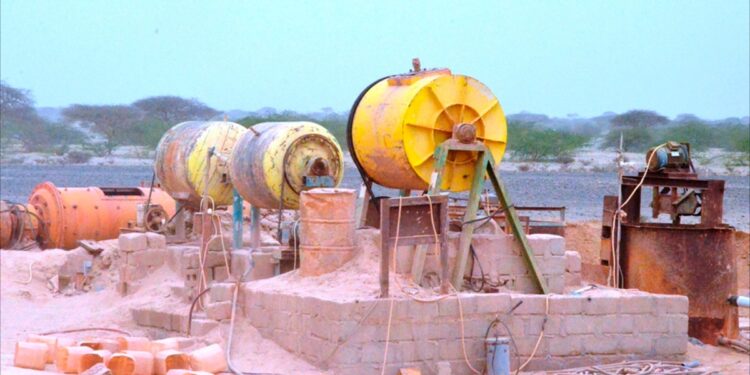Sudanese Finance Minister Jibril Ibrahim told Reuters on Thursday that Sudan produced 64 tons of gold in 2024 and officially exported 31 tons.
Exports – which amounted to $1.55 billion as of last November – showed a higher percentage of gold leaving the country through official channels.
A large portion of Sudan’s gold production is located in areas now controlled by the paramilitary Rapid Support Forces, while large quantities continue to be extracted from areas controlled by the military.
Last September, a report published by Al Jazeera Net explained that Sudan’s gold exports had increased during the previous period despite the war that had been going on for about 20 months, after national capital was directed towards traditional mining following the cessation of investments and the decline in economic and commercial activity. The destruction of factories and the cessation of… The real estate market draws craftsmen towards gold production sites, which is accompanied by dozens of other professions.
The private or traditional gold mining sector is spread throughout most parts of Sudan, as it is concentrated in 14 of the country’s 18 states, and employs more than two million people who produce about 80% of the amount of gold produced there, according to the Mineral Resources Company affiliated with the Ministry of Minerals.
The majority of miners work for wages in extracting stones that contain a few grams of gold, which are ground and extracted from them through “mills.” The stones are extracted from wells that give indications via metal detectors of the presence of the precious metal.
Experts believe that traditional mining is a source of pollution, as organic or liquid mercury is used to extract gold from rocks. It is sorted by hand and heated over a torch or in an oven until the mercury evaporates and the gold is isolated.
Gold export revenues constituted the country’s main source of foreign currency resources after the secession of South Sudan in 2011, which took about two-thirds of oil revenues, which constituted 90% of hard currency resources.



